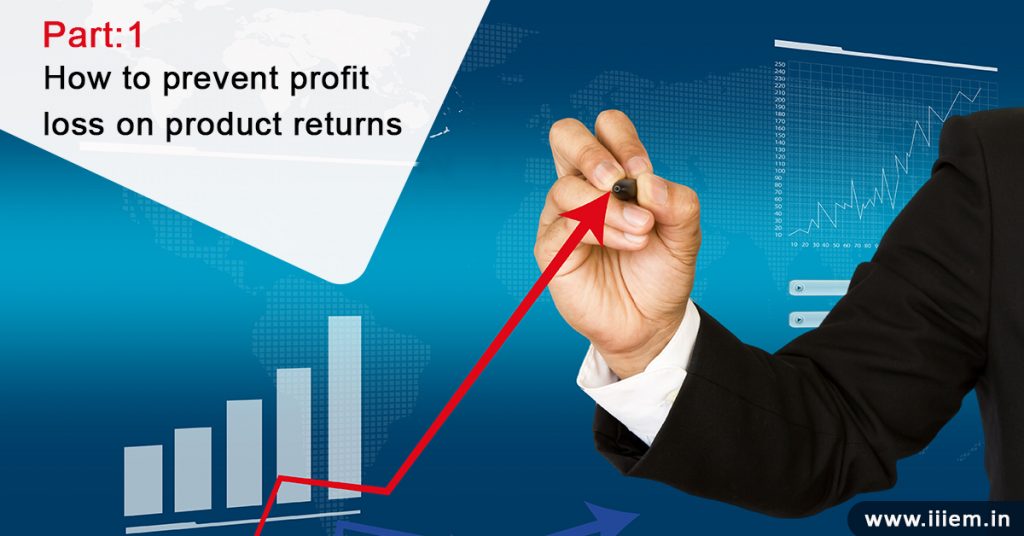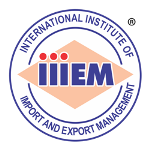
The object of supply chain management is to render maximum customer value while maximizing profits and controlling costs. Various best practices have been covered in this post that can help a business improve its customer service offerings and decrease the costs associated with managing product returns.
Below are the best tactics to follow that will warrant your reverse logistics againstthem hitting at your hard earned profits.
- Present clear returns guidelines and policy
When exporting goods, businesses should include important information about returns under whatsoever circumstances. This piece of information should be repeated under respective product on the business website.
- Create smart serial digits
Manufacturers are now manufacturing commodities with smart serial digits that include the date and place of manufacture cleverly coded into them. This serial digit can help businesses determine the maturity of a product, correlate performance difficulties from producing places, and evaluate the soundness of warranty adjustments.
- Present a warranty lookup assistance
For clients who are unsure whether their goods are still treated by a warranty, a warranty lookup assistance proves to be invaluable in this case. The client can enter their product serial digit on the business’s website to check if the warranty still exists or has expired. This assistance can also be rendered through a phone call.
- Allow clients to register their products
Most businesses provide a means for clients to register the ownership of their newly purchased product. This can be executed through the business website, by posting a pre-paid postcard, or through a phone call. This recording means that clients can still receive service benefits even if they have misplaced or cannot find the real receipt. It also facilitates the business to communicate targeted marketing messages to clients for other products or upgrades (also known as cross-selling and up-selling).
- Provide demonstration methods
Some goods are returned accidentally because clients think they are malfunctioning when actually they are not, it is due to unawareness of operating the product. To prevent these costs associated with exporting and processing of irrelevant returns, some businesses provide a method for clients to demonstrate their product before exporting it back. Such demonstration methods include diagnostic software given by computer manufacturers, guidelines on websites, and step by step directions given in leaflets and manuals that are transferred along with the product.
Alternatively, bigger businesses can give client technical support helplines. Support staff can make preliminary diagnoses in order to suggest if any troubleshooting repairs and sanction returns only when it is determined that they are required to be returned.
- Allow clients to generate a return material authorization
One way in which budding businesses can save considerably is by allowing clients to generate their own Return Material Authorizations (RMAs). Normally, this is achieved by presenting a web page with all the necessary directions that will produce the suitable form. Businesses are often worried that allowing clients to generate their returns material authorizations will lead to a massive increase in product returns, at time irrelevant returns. If this is your concern too, you can check the RMA and only upon your issue of approval the customer can export the product back.
- Devise standardized return methods
Many businesses have many different methods that a client can use to request a return authorization. Usual customers, particularly if they are retailers or distributors, instantly understand that there is more than one person that they can reach to get a request approved. In some instances, a return that is rejected by one delegate can be allowed by another. Best practices for returns administration involves using an automated IT system to treat all requests for returns and assure that they are correctly sanctioned.
Don’t miss to check out the follow-up post that contains other seven important tactics to ensure zero profit loss on undesired product returns.
